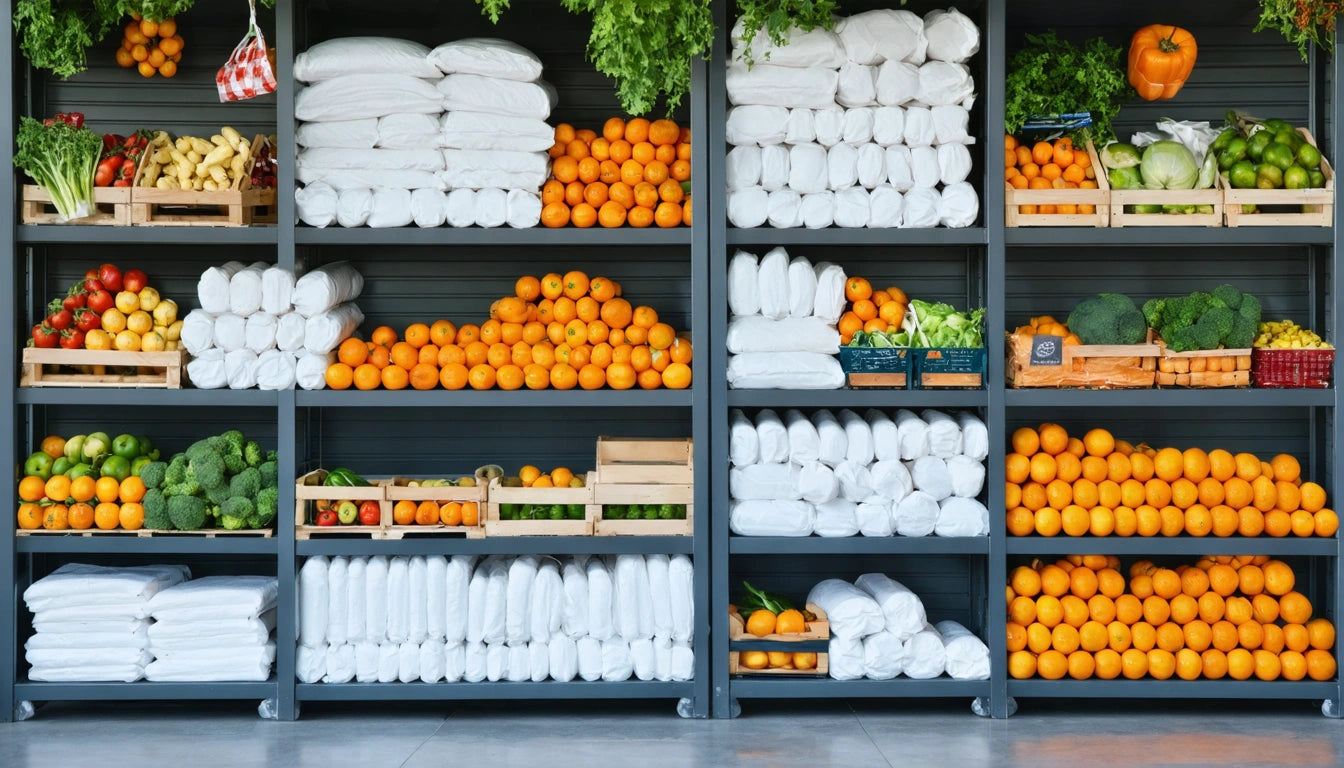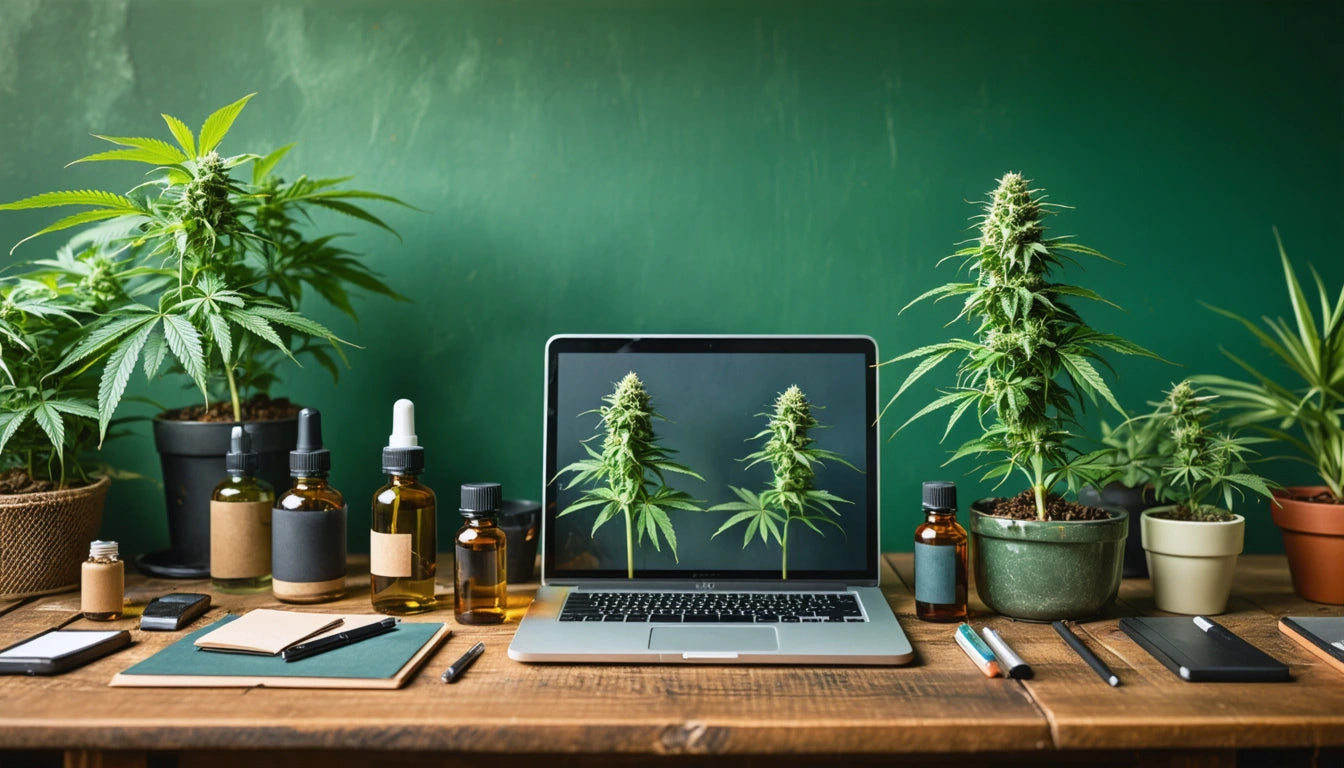Table of Contents
Cold Chain Packaging Tips to Keep Products Fresh
Maintaining product integrity through temperature-controlled environments is critical for many industries, from pharmaceuticals to food and cannabis. Effective cold chain packaging solutions ensure that temperature-sensitive products remain within specific temperature ranges throughout storage, handling, and transportation. This comprehensive guide explores best practices for implementing robust cold chain packaging strategies.
Understanding Cold Chain Packaging Requirements
Cold chain packaging refers to the materials, equipment, and processes used to maintain a desired temperature range for products that require refrigeration or freezing. Different products have different temperature requirements, making it essential to understand the specific needs of your product before selecting packaging solutions.
For example, frozen products typically require temperatures below -18 °C, while chilled products may need temperatures between 2 °C and 8 °C. Cannabis products, particularly concentrates and certain edibles, often require controlled temperatures to preserve potency and prevent degradation.
Product-Specific Temperature Zones
- Deep freeze: -25 °C to -10 °C
- Frozen: -10 °C to -1 °C
- Chill: 0 °C to 8 °C
- Controlled room temperature: 15 °C to 25 °C
According to our cold chain packaging guide, understanding these temperature zones is the first step in developing an effective packaging strategy.
Essential Materials for Temperature-Controlled Packaging
The foundation of any cold chain packaging system is the insulation material. These materials slow heat transfer and maintain internal temperatures for extended periods.
Insulation Options
- Expanded Polystyrene (EPS): Lightweight, cost-effective, and provides good thermal insulation.
- Polyurethane (PUR): Higher R-value than EPS, offering better insulation properties.
- Vacuum Insulated Panels (VIPs): Premium option with superior thermal resistance in a thin profile.
- Reflective Barriers: Often used in conjunction with other insulating materials to reflect radiant heat.
Phase Change Materials
Phase change materials (PCMs) absorb and release thermal energy during melting and freezing. They maintain stable temperatures by absorbing heat when temperatures rise and releasing heat when temperatures fall.
Common PCMs include:
- Gel packs
- Ice packs
- Dry ice
- Engineered phase change materials with specific melting points
Temperature Monitoring Systems and Technology
Modern cold chain packaging often incorporates monitoring systems to track temperature conditions throughout transit. These systems provide valuable data for quality assurance and help identify potential issues in the supply chain.
Monitoring Options
- Temperature Indicators: Simple, cost-effective devices that show if products have been exposed to temperatures outside acceptable ranges.
- Data Loggers: Electronic devices that record temperature data at regular intervals.
- Real-time Monitoring Systems: Advanced solutions that provide continuous temperature tracking with alerts for temperature excursions.
Integrating these monitoring systems with your logistics and packaging workflow creates a more robust cold chain solution.
Humidity Control in Cold Chain Systems
Temperature isn't the only environmental factor that affects product quality. Humidity levels can significantly impact product freshness, especially for cannabis products where moisture content directly affects quality and potency.
For cannabis storage specifically, maintaining proper humidity levels prevents mold growth while preserving terpenes and cannabinoids. Our customers have seen excellent results using specialized humidity control solutions that maintain optimal moisture levels in storage containers, preventing both over-drying and excessive humidity.
Humidity Control Solutions
- Desiccants: Absorb excess moisture to prevent condensation.
- Humidity Packs: Maintain specific relative humidity levels (typically 58-62% for cannabis).
- Moisture Barriers: Prevent external humidity from affecting packaged products.
Proper humidity control works in conjunction with temperature management to create an optimal preservation environment.
Integrating Cold Chain Packaging with Logistics
Cold chain packaging must be designed with the entire supply chain in mind. As noted in our guide on designing packaging with logistics in mind, factors such as transportation methods, handling procedures, and storage conditions all impact packaging requirements.
Key Logistics Considerations
- Transit Duration: Longer transit times require more robust insulation and refrigerant solutions.
- Handling Points: Each transfer point introduces potential temperature excursions.
- Storage Facilities: Warehouse capabilities and temperature controls affect packaging needs.
- Transportation Modes: Air, sea, and ground transport each present unique challenges.
Optimizing package dimensions for efficient palletization can also reduce costs and improve cold chain integrity. Our resource on maximizing palletization provides specific guidelines for this aspect of packaging design.
International Shipping Considerations
For products shipped internationally, cold chain packaging faces additional challenges, including longer transit times, multiple handling points, and varying regulatory requirements. Designing packaging for international shipping requires careful consideration of these factors to ensure product integrity across borders.
Future Innovations in Cold Chain Packaging Technology
The cold chain packaging industry continues to evolve with new materials and technologies that improve temperature control, reduce environmental impact, and enhance monitoring capabilities.
Emerging Trends
- Sustainable Insulation Materials: Bio-based foams and recyclable insulation options are reducing environmental impact.
- Smart Packaging: Integration of IoT sensors and blockchain technology for enhanced traceability.
- Passive Cooling Advancements: New phase change materials with longer duration and more precise temperature control.
- Reusable Systems: Durable, returnable cold chain packaging solutions that reduce waste and lower long-term costs.
By staying informed about these innovations, businesses can continually improve their cold chain packaging strategies to better preserve product quality, reduce costs, and meet evolving customer expectations.
Implementing effective cold chain packaging requires a comprehensive approach that considers product requirements, supply chain logistics, and appropriate materials and technologies. With careful planning and the right solutions, businesses can ensure their temperature-sensitive products reach customers in optimal condition.











Leave a comment
All comments are moderated before being published.
This site is protected by hCaptcha and the hCaptcha Privacy Policy and Terms of Service apply.